More than six months after COVID-19 brought the passenger transportation industry to a standstill forcing operators nationwide to furlough or layoff drivers, there are signs that the demand for services is ticking upwards again.
To help ensure your company’s safe and successful transition back to business, here are some important points to keep in mind as you begin to hire (or rehire) drivers for your fleet:
If you furloughed drivers and are now planning on recalling them, you are actually rehiring them if they have been furloughed more than 90 days.
Be smart when it comes to hiring. The drivers you select are critical to your company’s future, so maintain strong hiring standards and requirements to ensure you have knowledgeable and qualified individuals behind the wheel of your vehicles. With the current unemployment rate, there may be a larger pool of highly-qualified prospective drivers to consider than pre-pandemic. Take your time in determining the best solution. Also, keep in mind that your current driver needs may not be the same as they were before the coronavirus outbreak; your company’s business strategies post pandemic will help determine your employee needs.
Ensure you are compliant with the regulations relating to driver hiring. In an effort to quickly get back on the nation’s roadways transporting passengers, some good, even great, operators may be feeling pressure to rush the hiring process. As a result, they may be tempted to neglect following the regulations and overlook some things they normally wouldn’t, simply to satisfy company demands. Unfortunately, this behavior is typically only discovered following an accident. An overlooked past employment inquiry, a disregarded motor vehicle report or a failure to conduct a pre-hiring road test, including conducting the test in a vehicle similar to that which the driver will be operating, can become significant issues in a post-accident lawsuit against your company.
In order to help avoid these pitfalls, be sure to periodically review federal and state regulations and check them against your internal hiring process. This includes, but is not limited to, drug and alcohol testing requirements (e.g., pre-employment testing, Drug and Alcohol Clearinghouse query), motor vehicle records (MVRs) and DAC reports. Please note: If you furloughed drivers and are now planning on recalling them, you are actually rehiring them if they have been furloughed more than 90 days. You will have to follow all Federal Motor Carrier Safety Administration, state and local hiring requirements (see Waiver from Certain Pre-Employment Testing Requirements for more information).
Importantly, make sure that any employees that are involved in the hiring of drivers are properly trained in your company’s procedures and that all guidelines are being strictly followed. Additionally, keep in mind that if any revisions are made to your company’s procedures, those changes must be well communicated to everyone involved.Follow your written internal hiring guidelines and procedures consistently with each and every hire. This may seem a simple recommendation, but think of it in this context: Anytime you are trying to explain why your failure to follow your own procedure had nothing to do with an accident, you are already being viewed in a negative light. For example, how would you explain that you have a policy that you only hire drivers with a minimum of five years behind the wheel of a commercial motor vehicle, and you hire someone with less experience and they're involved in a serious accident? While you might have a perfectly logical and acceptable answer in your own mind, you're not trying to convince yourself, but rather an investigator…or jury. Is it likely that they'll agree with your decision, or will they think you compromised to meet a need that put profit ahead of safety? Hiring the right driver is critical, but no more so than following your own company guidelines on the subject.
Improper driving hiring practices can lead to a variety of problems, including tragic accidents, costly lawsuits, and stiff fines and penalties…all of which can jeopardize a motor carrier’s future. While hiring the right driver can be a time-consuming task, only a regulatory-compliant, uniformly-administered driver hiring process can help ensure your company is getting the safest, most knowledgeable employees to drive your vehicles.
For more information on getting back to business, including driver refresher training and driver responsibilities as they pertain to COVID-19 protocols, please view our online feature, “Reopening After Coronavirus.”



